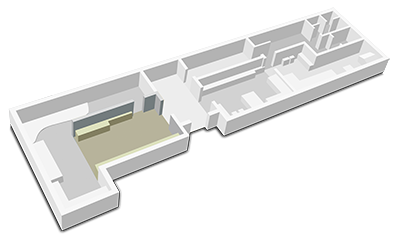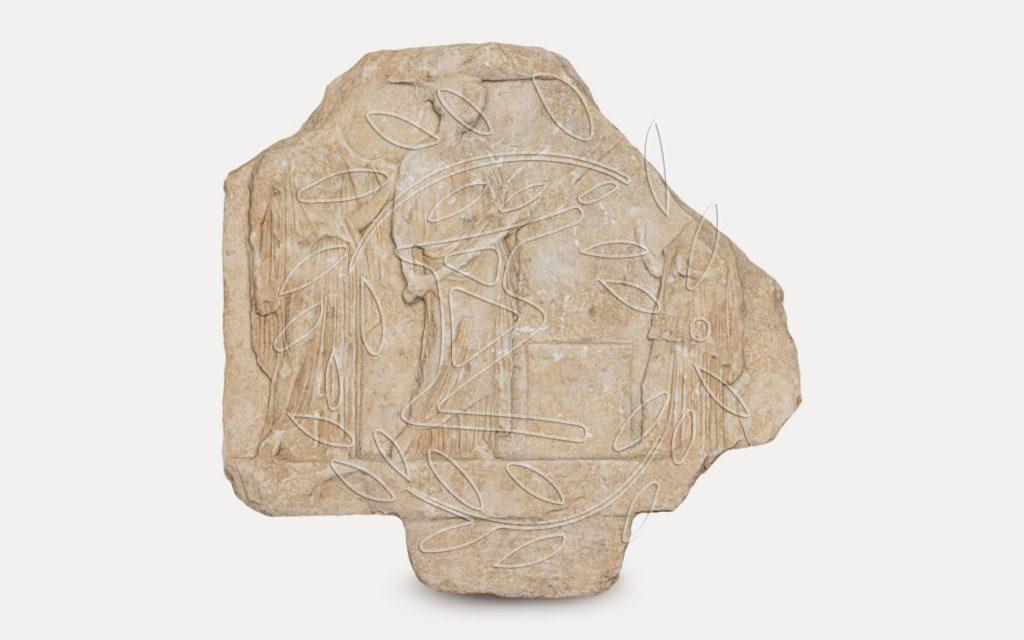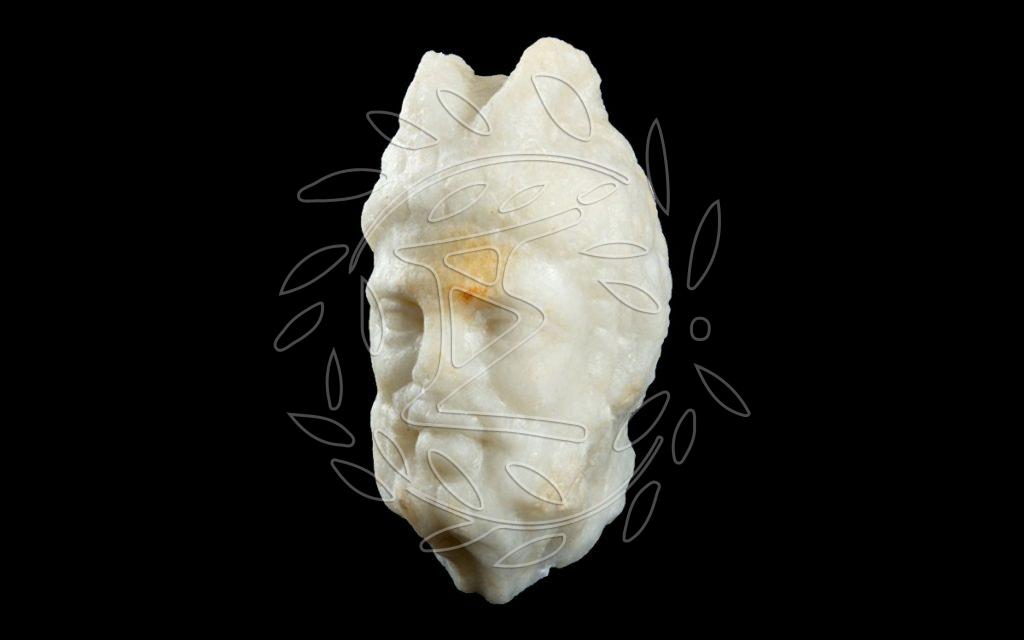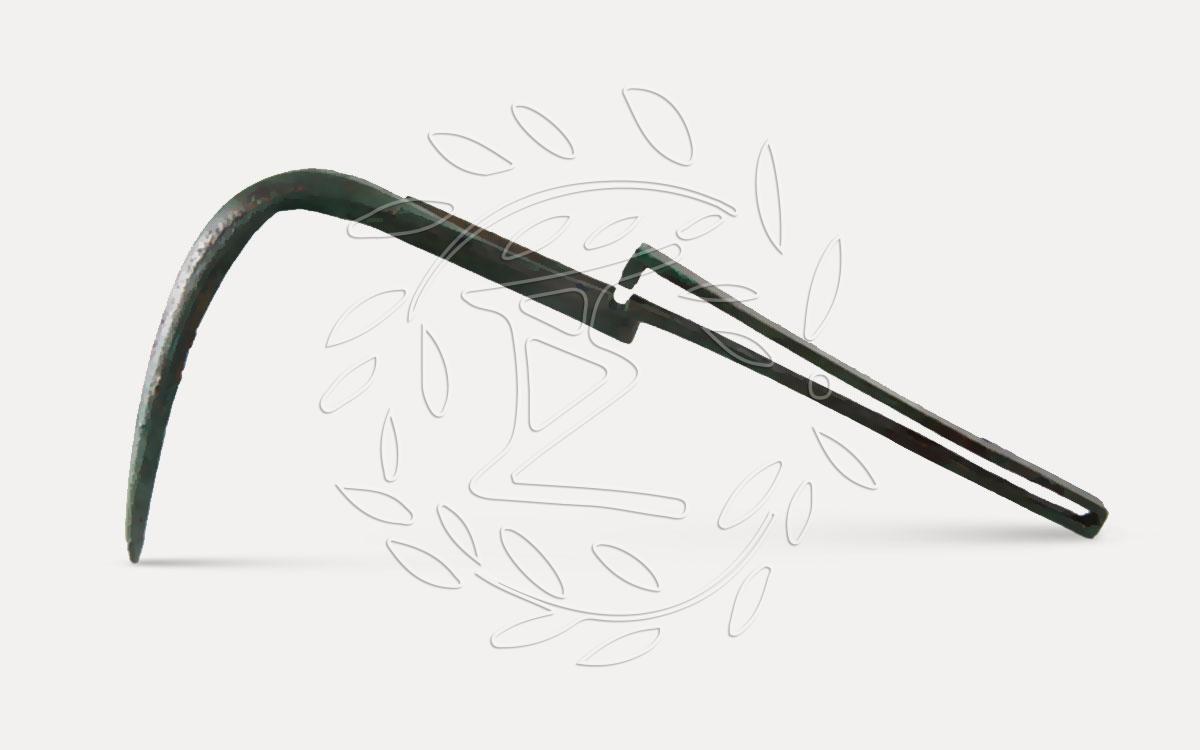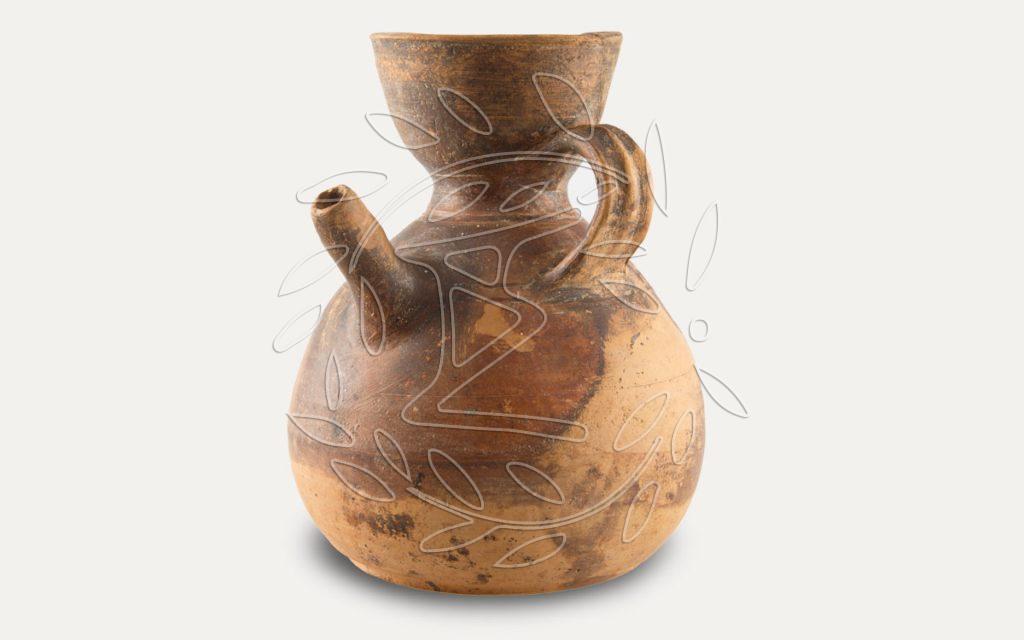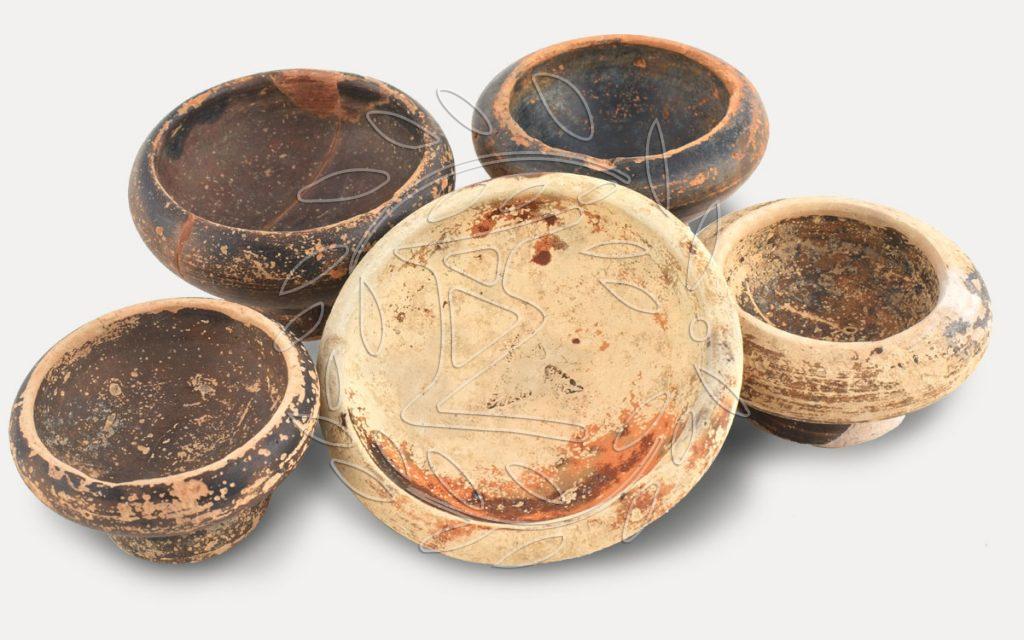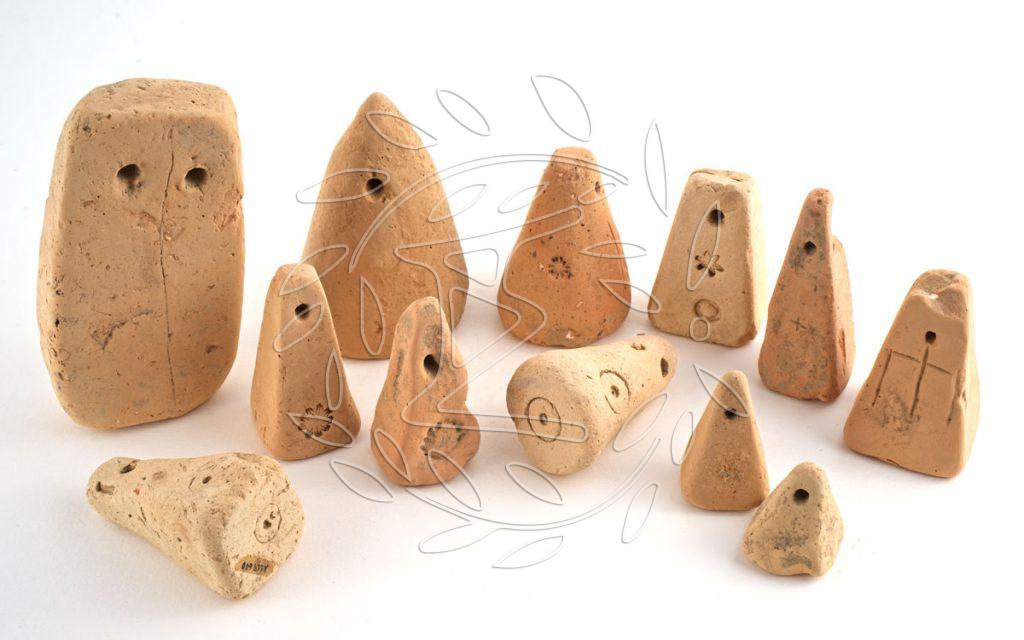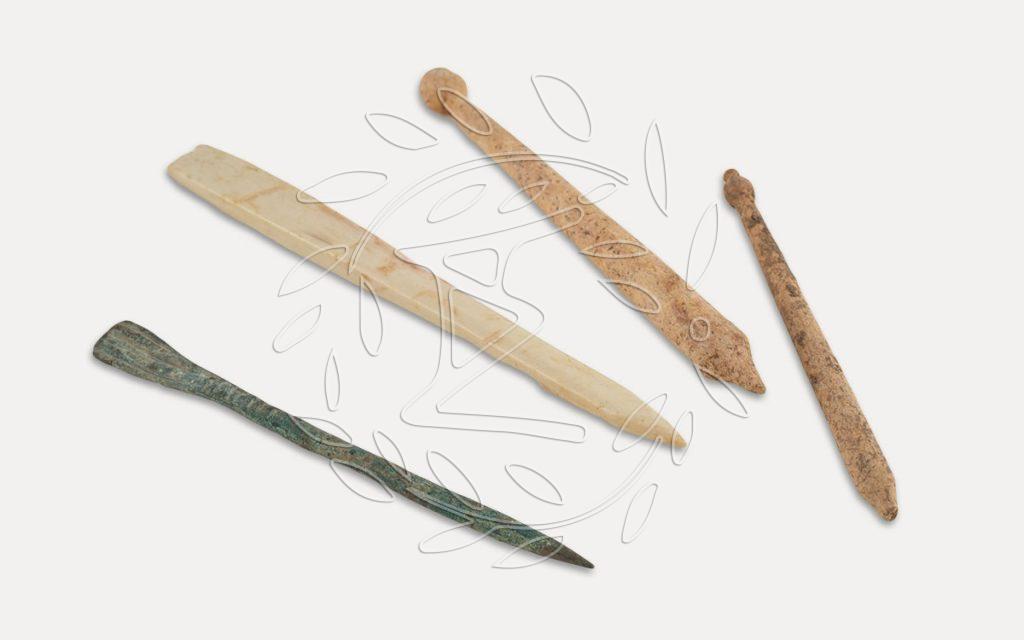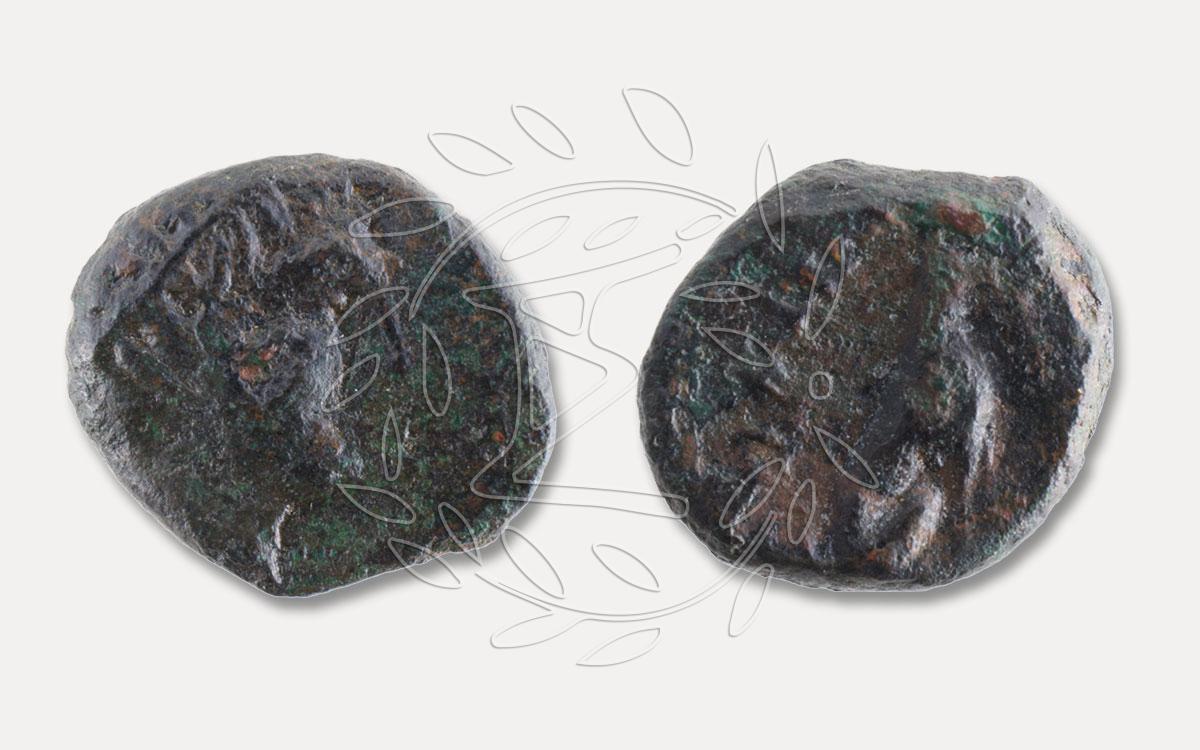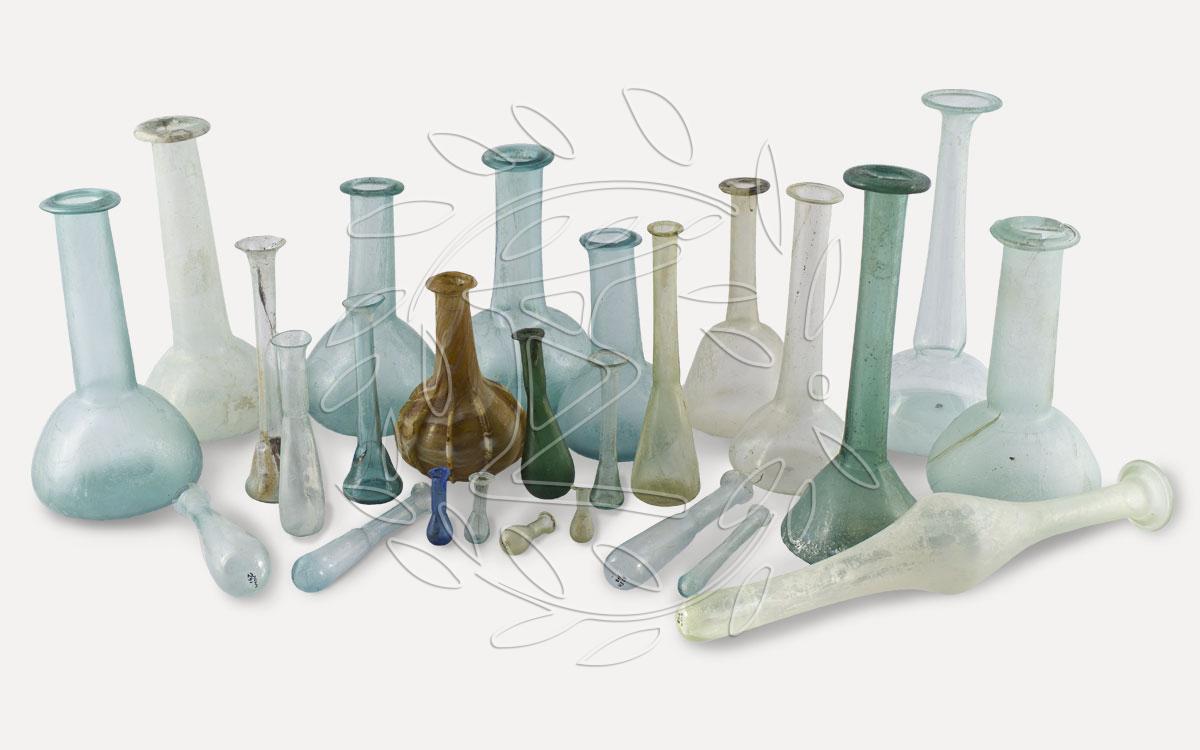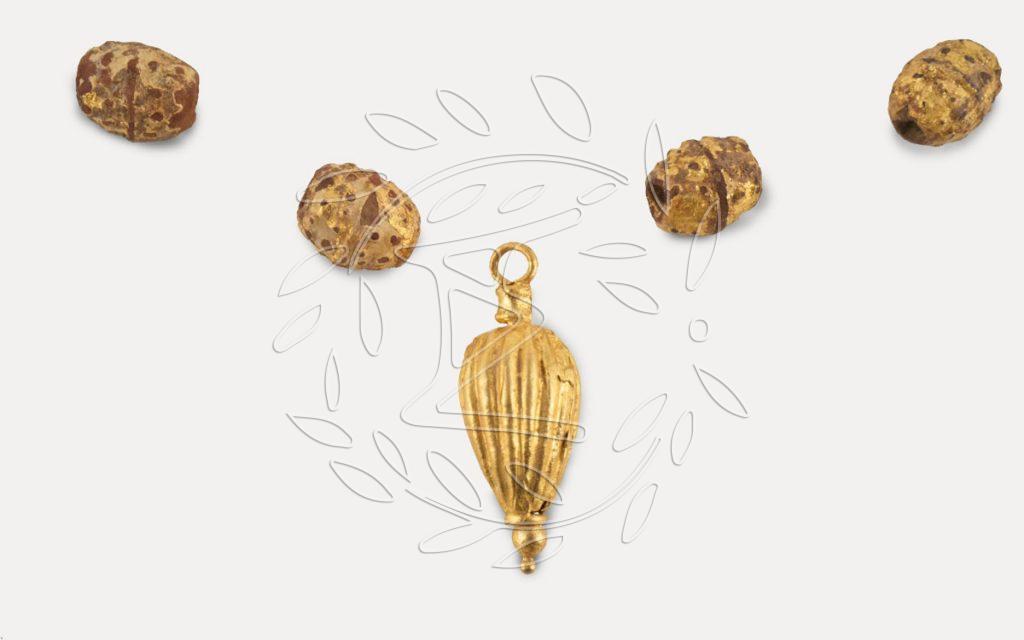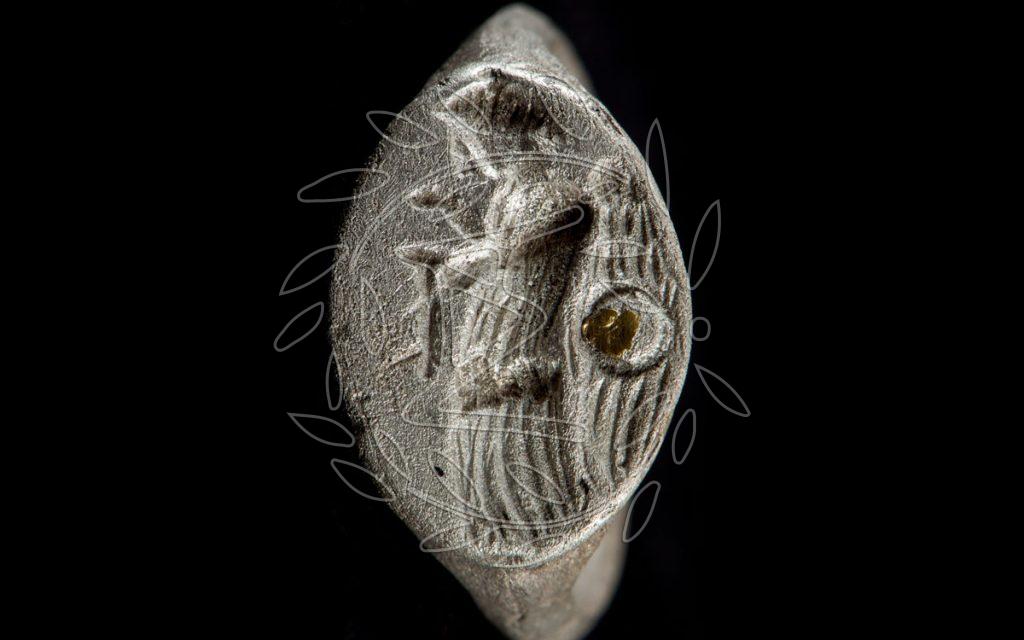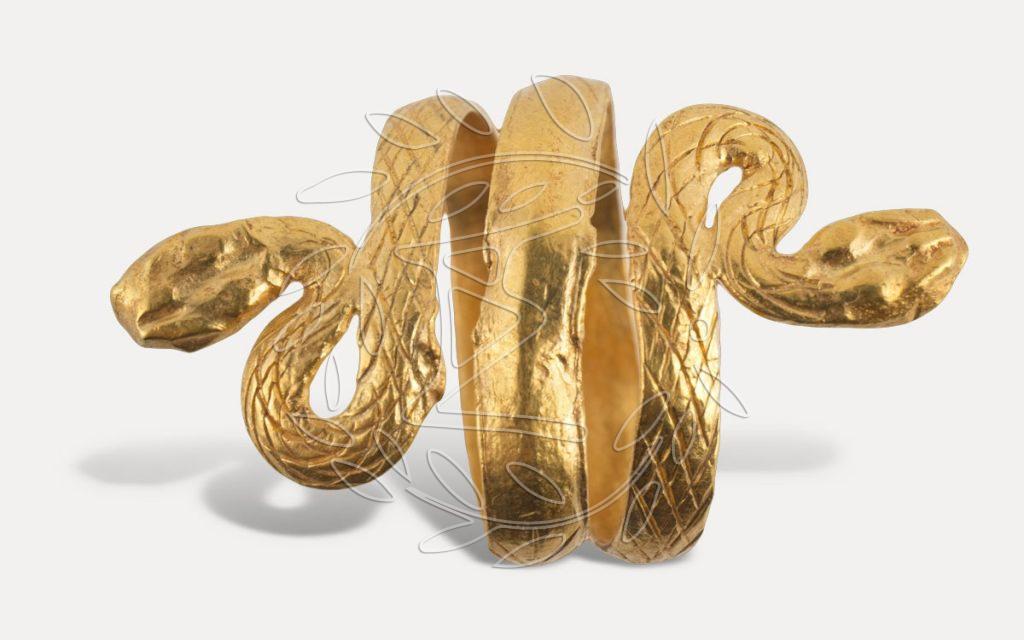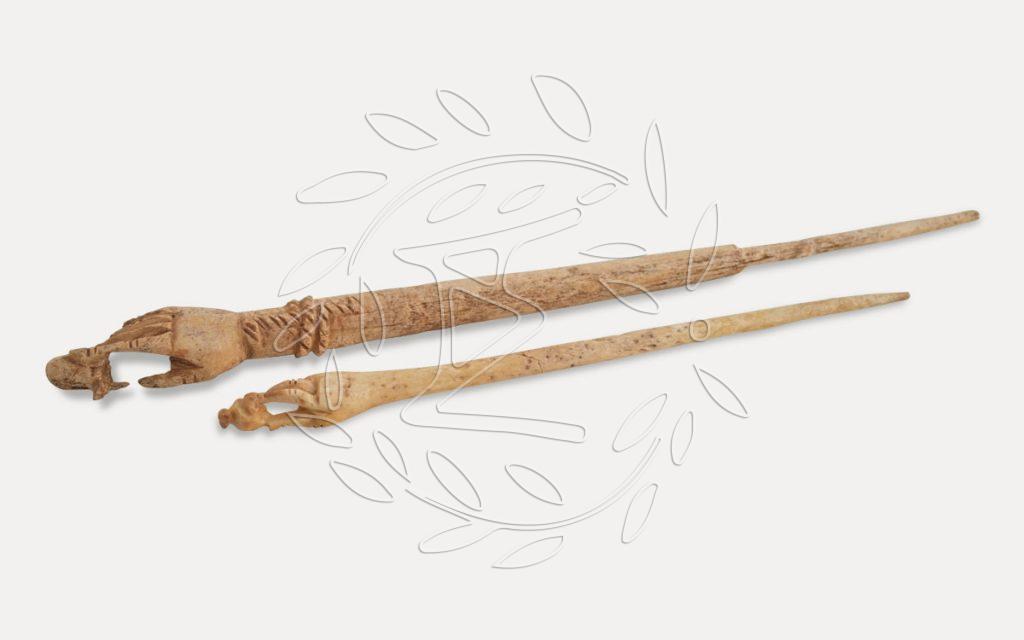Room 3 is devoted to various aspects of everyday life in Same and Panormos, so that visitors can become familiar with the habits, choices and activities of the citizens living in these two cities.
More specifically, the exhibition includes finds throwing light on religious beliefs, war issues, gymnasia – sports, symposia and cooking, production activities and house production, transactions and in general the economy, the beautification and the glass-making industry – i.e. the glass world as revealed by numerous and variable glass exhibits.



